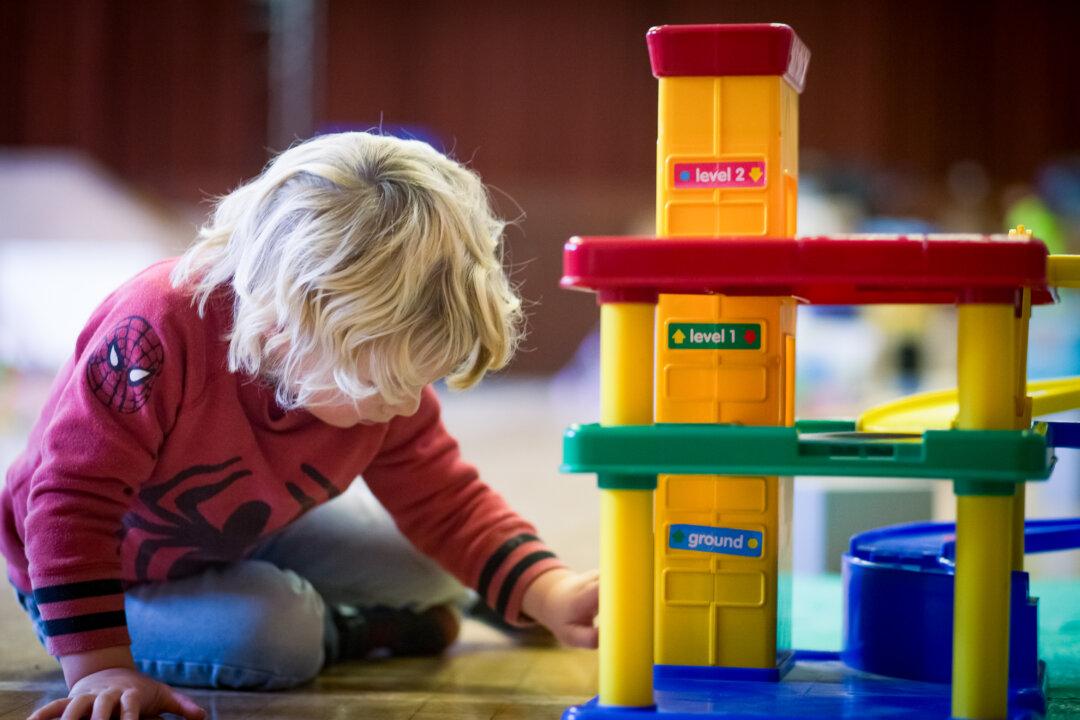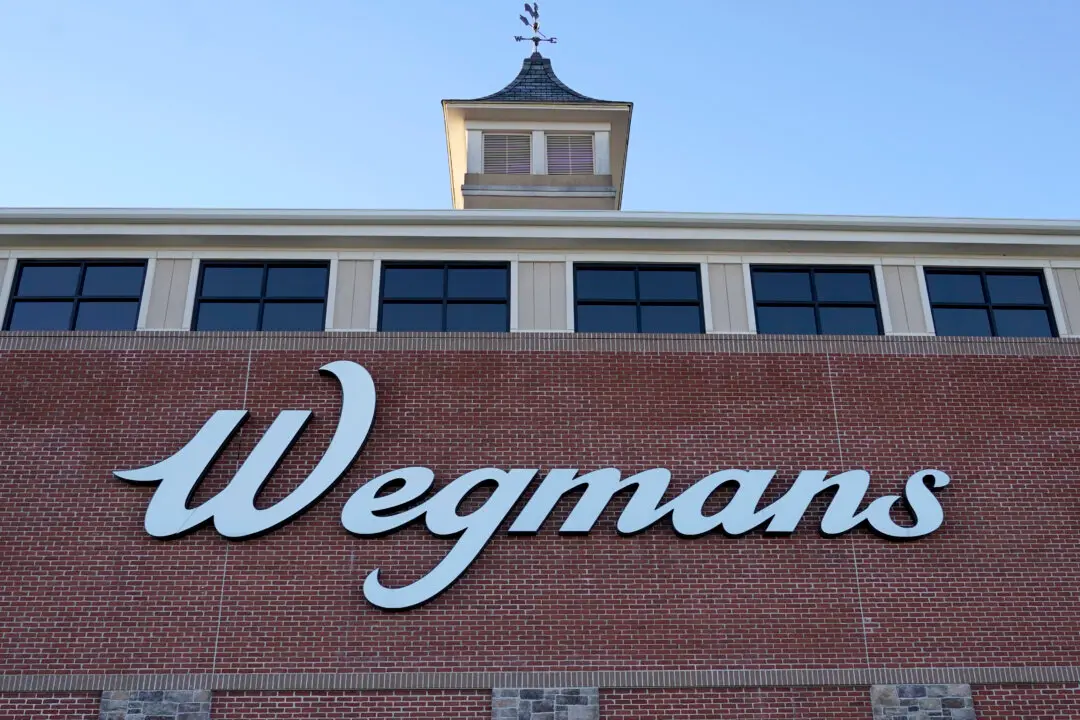A low-performing Bay Area elementary school introduced a “Woke Kindergarten” program centered on “abolitionist education” that instructs teachers how to remove barriers to learning by fighting racism and oppression—only to see children’s test scores drop.
Two years ago, Glassbrook Elementary School in Hayward entered into a three-year $250,000 contract with Woke Kindergarten to help kids perform better by teaching educators how to remove learning barriers like oppression, racism, and white supremacy, according to the San Francisco Chronicle.





